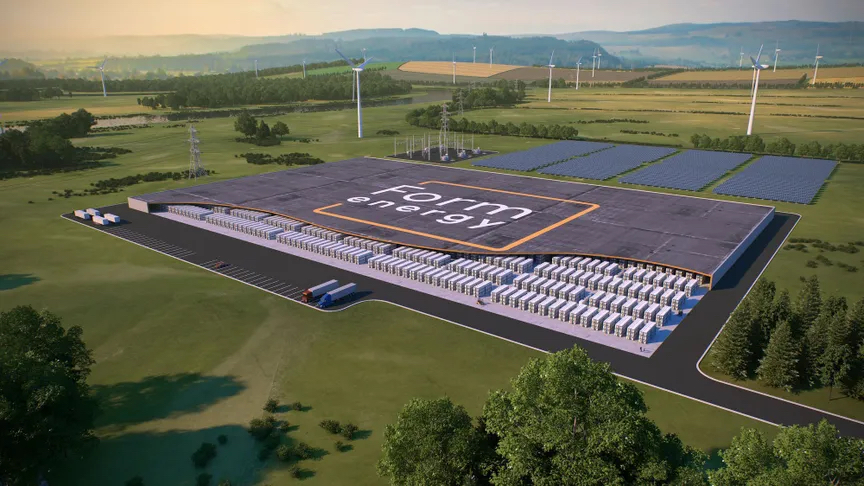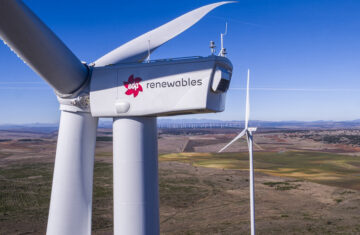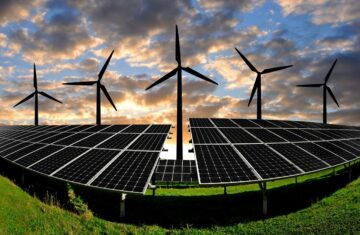Long-duration energy storage (LDES) is becoming increasingly vital as the world shifts towards renewable energy sources like solar and wind. These energy sources, while abundant, often produce electricity intermittently, leading to a need for effective storage solutions that can hold energy for extended periods. Here’s an overview of the current landscape of long-duration energy storage, its importance, and emerging technologies.
The Importance of Long-Duration Energy Storage
- Intermittency of Renewables: Solar and wind energy generation is highly variable. When conditions are favorable, these sources can produce excess energy, but during periods of low generation, such as at night or during calm weather, energy production can drop significantly. This intermittency necessitates robust storage solutions to ensure a reliable energy supply.
- Economic Benefits: A recent study indicates that deploying long-duration energy storage can significantly reduce electricity prices, particularly during peak demand times. In the Western Interconnection of the U.S. and Canada, it was found that increased LDES could lower electricity costs by over 70% during high-demand periods [1].
- Support for Grid Stability: Long-duration storage can help stabilize the grid by providing backup power during peak usage times, such as hot afternoons when air conditioning demand surges. This capability is crucial for maintaining a reliable energy supply as more renewables are integrated into the grid [2].
Emerging Technologies in Long-Duration Energy Storage
- Pumped Storage Hydropower: This is one of the most established forms of long-duration energy storage. It works by pumping water uphill to a reservoir when excess renewable energy is available. When energy is needed, the water is released to flow back down, turning turbines to generate electricity. As of 2022, the U.S. had 43 pumped storage facilities with a combined capacity of 22 gigawatts, and there is potential to double this capacity [3].
- Compressed Air Energy Storage (CAES): Companies like Hydrostor are developing systems that use excess renewable energy to compress air and store it underground. When energy is needed, the compressed air is released to drive turbines, generating electricity. This method leverages existing geological formations to create large-scale storage solutions [3].
- Thermal Energy Storage: This technology captures heat generated from renewable sources and stores it for later use. For example, some systems store heat in materials like concrete, which can then be used to produce electricity when needed [3].
- Innovative Battery Technologies: Research is ongoing into new battery technologies that can provide long-duration storage. These include iron-air and other novel battery chemistries that aim to reduce costs and improve efficiency [3].
Government Initiatives and Research

The U.S. government has recognized the importance of long-duration energy storage and has initiated programs to support its development. The Long Duration Storage Shot, part of the Energy Earthshots initiative, aims to reduce the costs of long-duration storage technologies by 90% over the next decade. Additionally, significant funding has been allocated to various long-duration energy storage projects, highlighting the commitment to advancing this technology [2][3].
Conclusion
Long-duration energy storage is essential for maximizing the potential of renewable energy sources. By providing reliable backup power and stabilizing the grid, LDES technologies can facilitate a smoother transition to a renewable energy future. As research and development continue, innovative solutions are expected to emerge, further enhancing the viability of renewable energy systems.
Learn more:
- The value of long-duration energy storage under various grid conditions in a zero-emissions future | Nature Communications
- Long-Duration Energy Storage-A Literature Review on the Link between Variable Renewable Energy Penetration and Market Creation
- Long-Duration Energy Storage Is Core To Tripling Renewables By 2030



